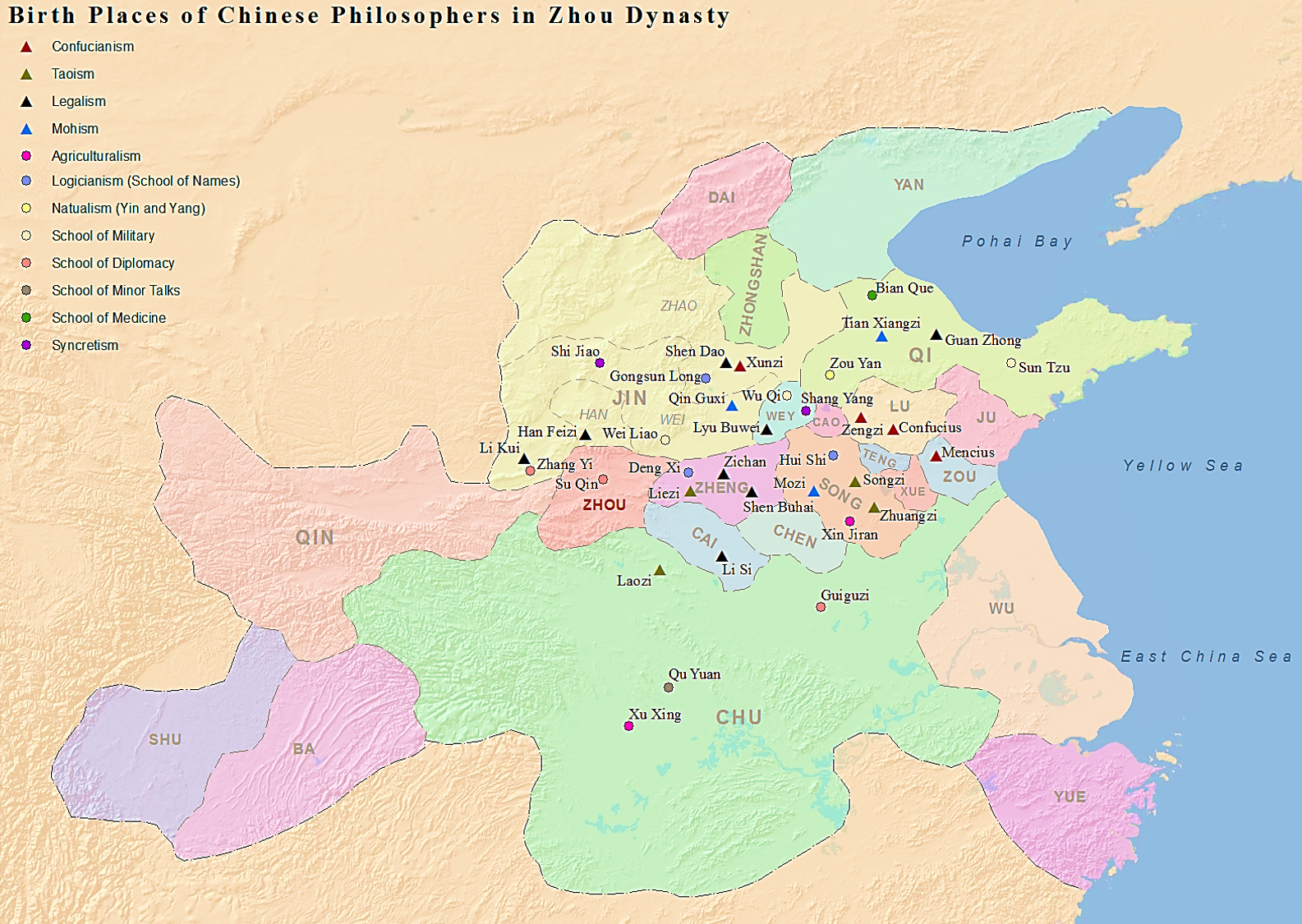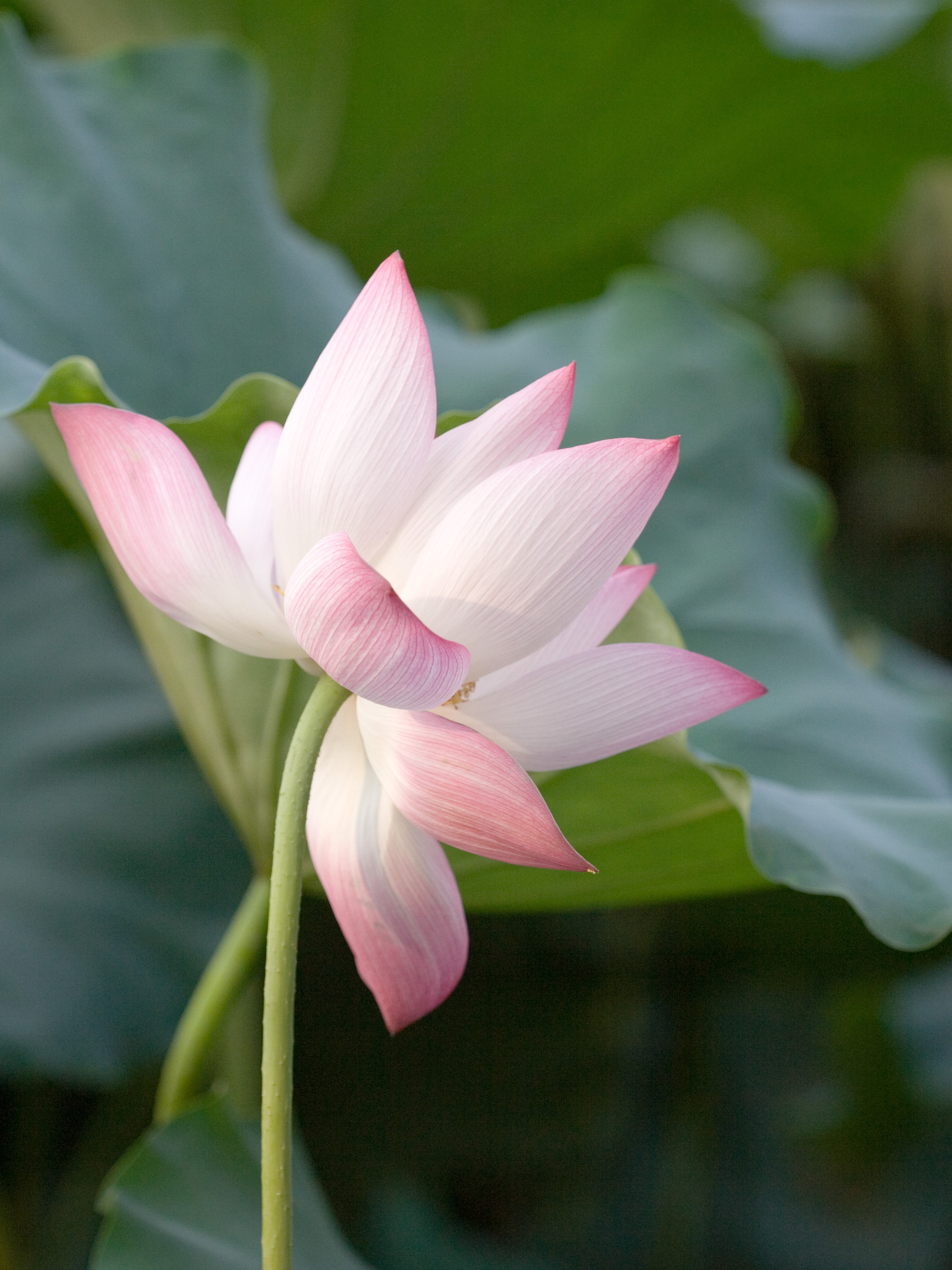|
Jade Dragon Temple
The Jade Dragon Temple ( zh, 玉龙山天恩寺), also known as Yu Lung San Tien En Si, is a Chinese temple located at KM26 of Sibu-Bintulu Road in Sibu, Sarawak, Malaysia. The temple housing the places of worship for Buddhism, Confucianism and Taoism, with the temple complex is considered as the largest not only in Malaysia but believed to be the largest in Southeast Asia as well. History The temple complex was constructed in October 2004 through the idea of an 70-year-old Hii Siew Onn who is managing the temple committees in Bintulu and Miri. The temple materials were mostly imported from China and constructed jointly by Chinese nationals and native Ibans. Features Each of the temple building has a large hall housing statues of Gautama Buddha, Smiling Buddha, Dashizi Bodhisattva and the four-faced Goddess among the many Chinese deities. Other section in the temple include a cultural and resource centre, two bell-and-drum towers, a theatre and a hall where the sutras are ... [...More Info...] [...Related Items...] OR: [Wikipedia] [Google] [Baidu] |
Sibu
Sibu (; Hokchew Romanized: ''Sĭ-bŭ'') is a landlocked city in the central region of Sarawak. It is the capital of Sibu District in Sibu Division, Sarawak, Malaysia. The city is located on the island of Borneo and covers an area of . It is located at the confluence of the Rajang and Igan Rivers, some 60 kilometres from the South China Sea and approximately north-east of the state capital Kuching. Sibu is mainly populated by people of Chinese descent, mainly from Fuzhou. Other ethnic groups such as Iban, Malay and Melanau are also present, but unlike other regions of Sarawak, they are not as significant. The cities population as of 2010 is 162,676. Sibu was founded by James Brooke in 1862 when he built a fort in the town to fend off attacks by the indigenous Dayak people. Following this, a small group of Chinese Hokkien people settled around the fort to carry out business activities safely in the town. In 1901, Wong Nai Siong led a large scale migration of 1, ... [...More Info...] [...Related Items...] OR: [Wikipedia] [Google] [Baidu] |
Phra Phrom
Phra Phrom ( th, พระพรหม; from Sanskrit: ''Brahmā'', ब्रह्मा) is the Thai representation of the Hindu creator god Brahma. In modern Thailand, Phra Phrom is often worshipped outside of Hindu contexts by regular Buddhists, and, like many other Hindu deities, has usually come to represent guardian spirits in sastana phi /thai folk beliefs, which coexist alongside Buddhist practices. He is regarded as the deity of good fortune and protection. The concept of Brahma is also represented in Buddhist cosmology as Brahmā or Mahabrahma, the lord of Brahmaloka (the highest heavenly realm), which may also be represented as Phra Phrom. Phra Phrom is colloquially known outside Thailand as the Four-Faced Buddha (四面佛, ''Sìmiànfó'') or Four-Faced God (四面神 ''Simianshen'') among Chinese folk religious worshipers, among whom the faith of this god has spread in the latest decades. Worship Worshipers of the god usually offer incense, candles, jasmine f ... [...More Info...] [...Related Items...] OR: [Wikipedia] [Google] [Baidu] |
Buildings And Structures In Sarawak
A building, or edifice, is an enclosed structure with a roof and walls standing more or less permanently in one place, such as a house or factory (although there's also portable buildings). Buildings come in a variety of sizes, shapes, and functions, and have been adapted throughout history for a wide number of factors, from building materials available, to weather conditions, land prices, ground conditions, specific uses, prestige, and aesthetic reasons. To better understand the term ''building'' compare the list of nonbuilding structures. Buildings serve several societal needs – primarily as shelter from weather, security, living space, privacy, to store belongings, and to comfortably live and work. A building as a shelter represents a physical division of the human habitat (a place of comfort and safety) and the ''outside'' (a place that at times may be harsh and harmful). Ever since the first cave paintings, buildings have also become objects or canvasses of much artist ... [...More Info...] [...Related Items...] OR: [Wikipedia] [Google] [Baidu] |
Taoist Temples In Malaysia
Taoism (, ) or Daoism () refers to either a school of philosophical thought (道家; ''daojia'') or to a religion (道教; ''daojiao''), both of which share ideas and concepts of Chinese origin and emphasize living in harmony with the ''Tao'' (, 'Thoroughfare'); the ''Tao'' is generally defined as the source of everything and the ultimate principle underlying reality. The ''Tao Te Ching'', a book containing teachings attributed to Laozi (), together with the later writings of Zhuangzi, are both widely considered the keystone works of Taoism. Taoism teaches about the various disciplines for achieving perfection through self-cultivation. This can be done through the use of Taoist techniques and by becoming one with the unplanned rhythms of the all, called "the way" or "Tao". Taoist ethics vary depending on the particular school, but in general tend to emphasize ''wu wei'' (action without intention), naturalness, simplicity, spontaneity and the Three Treasures: , compassion, , ... [...More Info...] [...Related Items...] OR: [Wikipedia] [Google] [Baidu] |
Confucian Temples In Malaysia
Confucianism, also known as Ruism or Ru classicism, is a system of thought and behavior originating in ancient China. Variously described as tradition, a philosophy, a religion, a humanistic or rationalistic religion, a way of governing, or a way of life, Confucianism developed from what was later called the Hundred Schools of Thought from the teachings of the Chinese philosopher Confucius (551–479 BCE). Confucius considered himself a transmitter of cultural values inherited from the Xia (c. 2070–1600 BCE), Shang (c. 1600–1046 BCE) and Western Zhou dynasties (c. 1046–771 BCE). Confucianism was suppressed during the Legalist and autocratic Qin dynasty (221–206 BCE), but survived. During the Han dynasty (206 BCE–220 CE), Confucian approaches edged out the "proto-Taoist" Huang–Lao as the official ideology, while the emperors mixed both with the realist techniques of Legalism. A Confucian revival began during the Tang dynasty (618–907 CE). In the late Tang, ... [...More Info...] [...Related Items...] OR: [Wikipedia] [Google] [Baidu] |
Buddhist Temples In Malaysia
Buddhism ( , ), also known as Buddha Dharma and Dharmavinaya (), is an Indian religion or philosophical tradition based on teachings attributed to the Buddha. It originated in northern India as a -movement in the 5th century BCE, and gradually spread throughout much of Asia via the Silk Road. It is the world's fourth-largest religion, with over 520 million followers (Buddhists) who comprise seven percent of the global population. The Buddha taught the Middle Way, a path of spiritual development that avoids both extreme asceticism and hedonism. It aims at liberation from clinging and craving to things which are impermanent (), incapable of satisfying ('), and without a lasting essence (), ending the cycle of death and rebirth (). A summary of this path is expressed in the Noble Eightfold Path, a training of the mind with observance of Buddhist ethics and meditation. Other widely observed practices include: monasticism; " taking refuge" in the Buddha, the , and the ; and ... [...More Info...] [...Related Items...] OR: [Wikipedia] [Google] [Baidu] |
Chinese-Malaysian Culture
Malaysian Chinese (; Malay: ''Orang Cina Malaysia''), alternatively Chinese Malaysians, are Malaysian citizens of Han Chinese descent. They form the second largest ethnic group after the Malay majority constituting 22.4% of the Malaysian population. Most of them are descendants of Southern Chinese immigrants who arrived in Malaysia between the early 19th century and the mid-20th century. Malaysian Chinese form the second largest community of Overseas Chinese in the world, after Thai Chinese. Malaysian Chinese are traditionally dominant in the business sector of the Malaysian economy. The ethnic subgroups of Chinese people in Malaysia include the Hokkien, Cantonese, Hakka, Teochew, Hainan, Foochow and Kwongsai. Different Chinese languages are spoken in Malaysian towns and cities. Among them are Cantonese in Kuala Lumpur, Ipoh, Kuantan, Seremban, Mersing, Kampar, Petaling Jaya and Sandakan, Hokkien in George Town, Alor Setar, Kangar, Klang, Taiping, Kota Bharu and K ... [...More Info...] [...Related Items...] OR: [Wikipedia] [Google] [Baidu] |
Religious Buildings And Structures Completed In 2009
Religion is usually defined as a social-cultural system of designated behaviors and practices, morals, beliefs, worldviews, texts, sanctified places, prophecies, ethics, or organizations, that generally relates humanity to supernatural, transcendental, and spiritual elements; however, there is no scholarly consensus over what precisely constitutes a religion. Different religions may or may not contain various elements ranging from the divine, sacred things, faith,Tillich, P. (1957) ''Dynamics of faith''. Harper Perennial; (p. 1). a supernatural being or supernatural beings or "some sort of ultimacy and transcendence that will provide norms and power for the rest of life". Religious practices may include rituals, sermons, commemoration or veneration (of deities or saints), sacrifices, festivals, feasts, trances, initiations, funerary services, matrimonial services, meditation, prayer, music, art, dance, public service, or other aspects of human culture. Religions have ... [...More Info...] [...Related Items...] OR: [Wikipedia] [Google] [Baidu] |
Yin Yang
Yin and yang ( and ) is a Chinese philosophical concept that describes opposite but interconnected forces. In Chinese cosmology, the universe creates itself out of a primary chaos of material energy, organized into the cycles of yin and yang and formed into objects and lives. Yin is the receptive and yang the active principle, seen in all forms of change and difference such as the annual cycle (winter and summer), the landscape (north-facing shade and south-facing brightness), sexual coupling (female and male), the formation of both men and women as characters and sociopolitical history (disorder and order). Taiji or Tai chi () is a Chinese cosmological term for the "Supreme Ultimate" state of undifferentiated absolute and infinite potential, the oneness before duality, from which yin and yang originate. It can be compared with the old '' wuji'' (, "without pole"). In the cosmology pertaining to yin and yang, the material energy, which this universe has created itself out ... [...More Info...] [...Related Items...] OR: [Wikipedia] [Google] [Baidu] |
Swan
Swans are birds of the family Anatidae within the genus ''Cygnus''. The swans' closest relatives include the geese and ducks. Swans are grouped with the closely related geese in the subfamily Anserinae where they form the tribe Cygnini. Sometimes, they are considered a distinct subfamily, Cygninae. There are six living and many extinct species of swan; in addition, there is a species known as the coscoroba swan which is no longer considered one of the true swans. Swans usually mate for life, although "divorce" sometimes occurs, particularly following nesting failure, and if a mate dies, the remaining swan will take up with another. The number of eggs in each clutch ranges from three to eight. Etymology and terminology The English word ''swan'', akin to the German , Dutch and Swedish , is derived from Indo-European root ' ('to sound, to sing'). Young swans are known as '' cygnets'' or as '' swanlings''; the former derives via Old French or (diminutive suffix et 'little') from ... [...More Info...] [...Related Items...] OR: [Wikipedia] [Google] [Baidu] |
Nelumbo Nucifera
''Nelumbo nucifera'', also known as sacred lotus, Laxmi lotus, Indian lotus, or simply lotus, is one of two extant species of aquatic plant in the family Nelumbonaceae. It is sometimes colloquially called a water lily, though this more often refers to members of the family Nymphaeaceae. Lotus plants are adapted to grow in the flood plains of slow-moving rivers and delta areas. Stands of lotus drop hundreds of thousands of seeds every year to the bottom of the pond. While some sprout immediately, and most are eaten by wildlife, the remaining seeds can remain dormant for an extensive period of time as the pond silts in and dries out. During flood conditions, sediments containing these seeds are broken open, and the dormant seeds rehydrate and begin a new lotus colony. Under favorable circumstances, the seeds of this aquatic perennial may remain viable for many years, with the oldest recorded lotus germination being from seeds 1,300 years old recovered from a dry lakebed in ... [...More Info...] [...Related Items...] OR: [Wikipedia] [Google] [Baidu] |
Chinese Dragon
The Chinese dragon, also known as ''loong'', ''long'' or ''lung'', is a legendary creature in Chinese mythology, Chinese folklore, and Chinese culture at large. Chinese dragons have many Outline of life forms, animal-like forms such as Bixi (mythology), turtles and Chiwen, fish, but are most commonly depicted as snake-like with four legs. Academicians have identified four reliable theories on the origin of the Chinese dragon: snakes, Chinese alligators, thunder and nature worship. They traditionally symbolize potent and wikt:auspicious, auspicious powers, particularly control over water, rainfall, typhoons, and floods. The dragon is also a symbol of power, strength, and good luck for people who are worthy of it in East Asian cultural sphere, East Asian culture. During the days of Imperial China, the Emperor of China usually used the dragon as a symbol of his imperial strength and power. In Chinese culture, excellent and outstanding people are compared to a dragon, while incapable ... [...More Info...] [...Related Items...] OR: [Wikipedia] [Google] [Baidu] |
_by_Francis_Grant.jpg)
.jpg)






